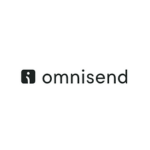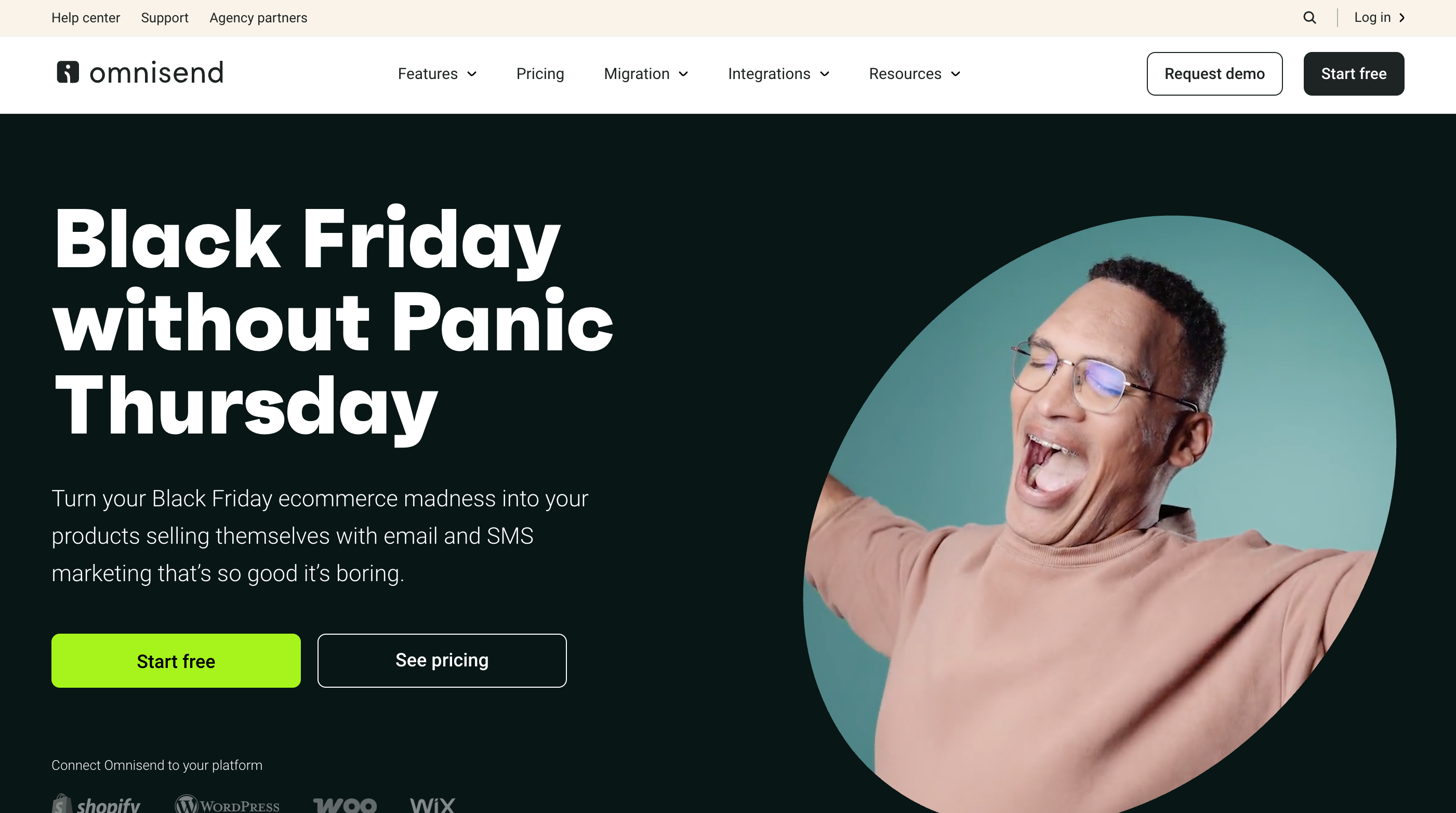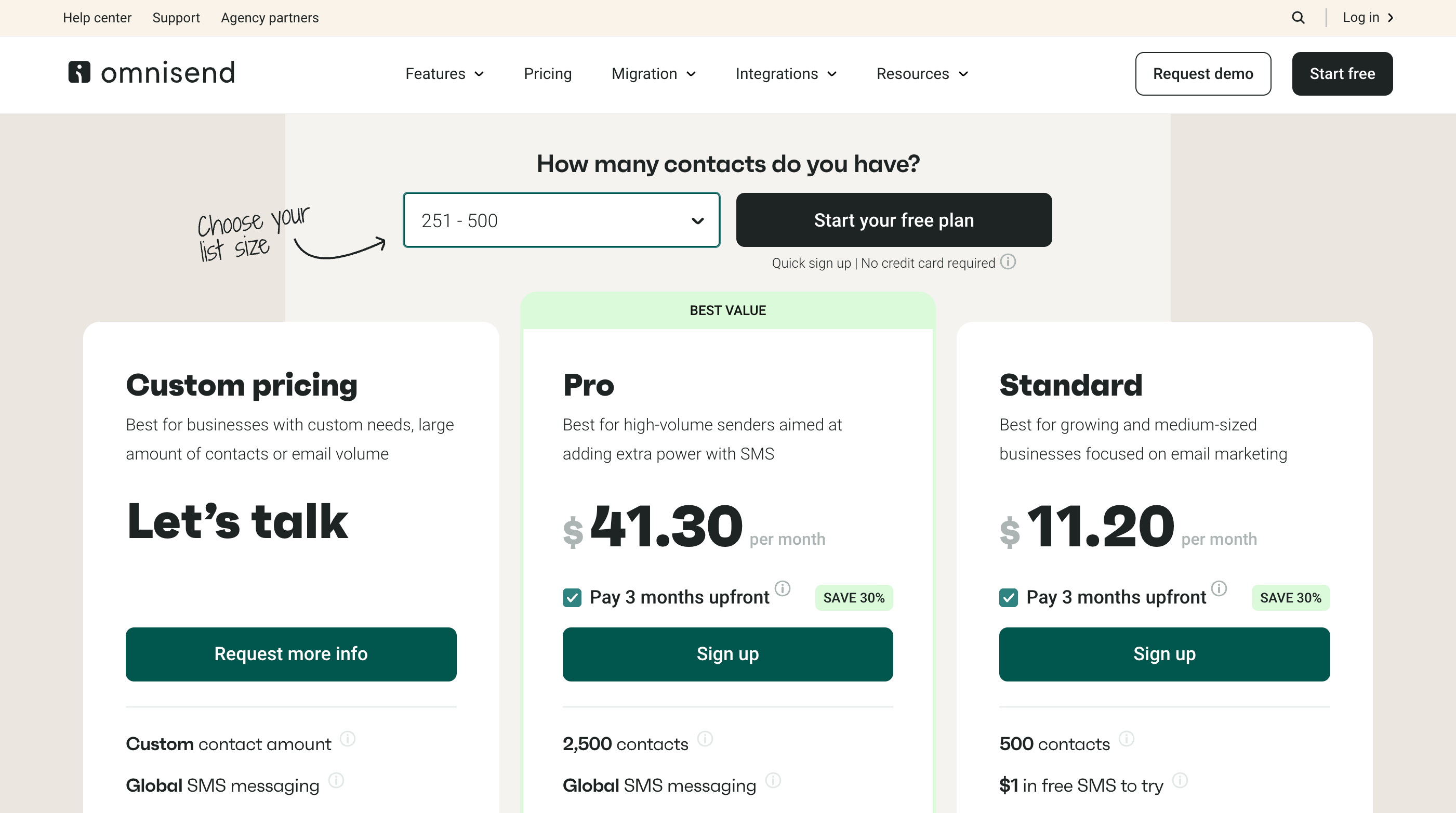
The Email Edge
Finding the right email marketing platform can feel confusing with so many options available. Our directory helps beginners, power users, and ecommerce owners discover, compare, and choose tools that fit their needs — with clear insights, practical tips.


Omnisend: Email + SMS Made for Ecommerce Growth
A detailed look at Omnisend, designed for ecommerce store owners and online sellers who want integrated email, SMS, and automation tools that convert shoppers into repeat buyers.
Why ecommerce email feels different
If you run an online store, email isn’t just about newsletters. It’s about recovering carts, personalizing product messages, and turning one-time buyers into repeat customers. General-purpose email tools can do newsletters; Omnisend is built around the specific workflow of ecommerce — from cart recovery to product recommendations and SMS follow-ups. That difference matters when every message can mean real revenue.
Where Omnisend came from and what it solves
Omnisend started with a simple idea: make marketing automation that understands stores. Over time it evolved into a platform that blends email, SMS, push, and advanced automation with ecommerce-first templates and behaviors. The platform’s core focus is conversion — not just clicks. Omnisend gives store owners easy access to automation workflows tuned for commerce, and the channels they need to reach customers where they actually respond.
How Omnisend works for your store

Imagine this: a visitor adds an item to their cart but leaves. Within minutes Omnisend’s automation can send a cart recovery email; if there’s no response, it can follow with an SMS nudge and a time-limited discount. If the customer buys, Omnisend tags them, triggers a post-purchase flow, and recommends complementary products in future campaigns. It glues the typical ecommerce lifecycle together — without duct-taping multiple apps.
The visual workflow builder is familiar and approachable, but the ecommerce-specific triggers (cart abandonment, product viewed, order completed) are where it shines. You can build multi-channel journeys that actually match shopper behavior.
Who it’s best for
-
Shopify, BigCommerce, and WooCommerce store owners looking to increase average order value and repeat purchases.
-
Small-to-midsize ecommerce brands that want advanced automation without hiring developers.
-
Marketers who want unified analytics for email + SMS revenue.
-
Sellers who want to run personalized campaigns and behavior-driven automations.
Key features & highlights
-
Email + SMS integration: Manage both channels in one platform and sync automation.
-
Ecommerce automation templates: Prebuilt flows for cart recovery, browse abandonment, welcome series, and post-purchase.
-
Product-level segmentation: Target customers by what they viewed or bought.
-
Dynamic content & product blocks: Insert product recommendations directly into emails.
-
Omnichannel reporting: Revenue tracking for email and SMS tied to campaigns and automations.
Pricing at a glance

Omnisend offers tiered plans that scale with contacts and feature needs. It has a free tier (basic email and forms), but most stores will find the paid plans — which add SMS, advanced automations, and revenue attribution — are where the ROI appears. SMS is typically billed as credits or included in specific plans. Always check Omnisend’s site for current pricing details and SMS-country support.
Tech specs / practical info
-
Integrations: Native connections for Shopify, WooCommerce, BigCommerce, Magento, Zapier, and more.
-
Automation triggers: Cart/checkout events, product views, purchases, order value thresholds.
-
Channels supported: Email, SMS, push (where available), and web push.
-
Analytics: Revenue per campaign, channel-level attribution, conversion tracking.
-
Deliverability: Strong ecommerce-focused deliverability and inbox optimization tools.
-
Templates: Commerce-optimized email templates and product blocks.
Real-world use cases & practical tips
-
Recover carts more effectively: Build a 2–3 step cart recovery flow that starts with an email, then SMS, then a last-chance offer. SMS wins attention; email carries the product details.
-
Boost AOV with product recommendations: Use dynamic product blocks to cross-sell related items in post-purchase emails.
-
Segment by purchase behavior: Create automations for high-value customers and send VIP offers.
-
Start small: If you’re new to SMS, A/B test one campaign to see ROI before scaling.
Practical tip: Track revenue per automation. Tie a single automation to a campaign goal (e.g., increase repeat purchases by X%) and measure lift over time.
What users say
Store owners praise Omnisend for making multi-channel automation approachable and for its strong ecommerce templates. Comments often highlight improved cart recovery rates and clearer revenue attribution compared to using separate email and SMS tools. Some users note that SMS pricing and compliance vary by region, so it’s worth checking details up front.
When Omnisend might not be right
If your needs are purely newsletter-focused or you’re a service business with no products, Omnisend may feel overbuilt. It’s purpose-built for commerce; that’s its strength and occasionally its downside for non-ecommerce
Final Take
Omnisend feels like the natural choice for online store owners who want to move beyond basic newsletters and into automated, revenue-generating marketing. It connects all the channels that matter — email, SMS, and ecommerce triggers — into one seamless system that’s powerful yet friendly enough for a small team to manage.
If your business runs on Shopify, WooCommerce, or any major ecommerce platform, Omnisend is worth serious consideration. It’s built for people who want to see their marketing directly tied to sales, not just opens or clicks.
Articles related to listings
Categories
© 2025 All rights reserved.
